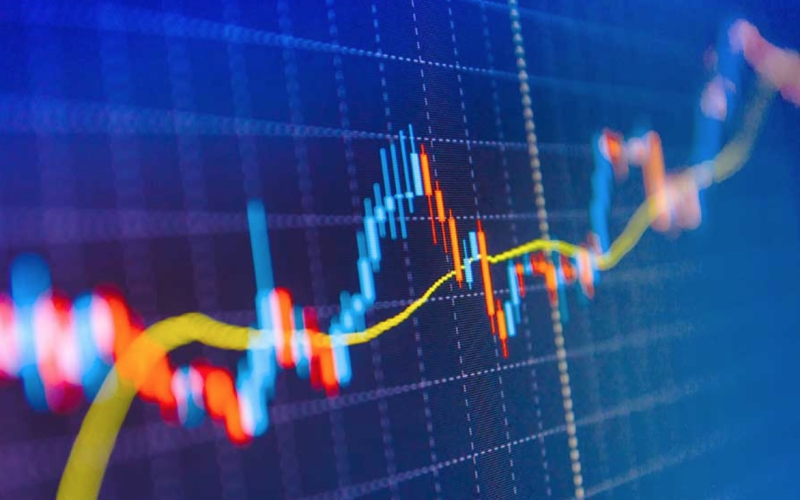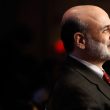by Liz Ann Sonders and Kevin Gordon, Charles Schwab & Company Ltd.
As you can see, recessions and bear markets don't always overlap. There were four recessions—1945, 1953-54, 1960-61, and 1980-81—that did not have an overlapping bear market (although there was one in short order in 1981). There were also four bear markets that did not overlap with recessions—1946-47, late 1961-62, 1966 and 1987.
Recessions and bears

Source: Charles Schwab, Bloomberg, National Bureau of Economic Research (NBER), as of 10/17/2022.
What recessions are and aren't
The actual definition per the NBER is "a significant decline in economic activity that is spread across the economy and that lasts more than a few months." The NBER's Business Cycle Dating Committee's (BCDC) view is that "while each of the three criteria—depth, diffusion and duration—needs to be met individually to some degree, extreme conditions revealed by one criterion may partially offset weaker indications from another."
To determine the months of peaks and troughs, the NBER's BCDC specifically monitors "real personal income less transfers, nonfarm payroll employment, real personal consumption expenditures, wholesale-retail sales adjusted for price changes, employment as measured by the household survey, and industrial production." The NBER has "no fixed rule about what measures contribute information to the process of how they are weighted."
Hindsight analysis re: timing of recessions
The moral of the story is that by the time the NBER announces recessions' starts, they have either been well underway, or already over; while by the time they announce recessions' ends, recoveries were already well underway. In fact, in both 1991 and 2020, when the NBER announced the start of those recessions, it turned out they were already over.
With that as background, let's look at the current cycle in the context of history.
Trust in cycle leadership
When looking at leading economic indicators in an aggregate sense, the scale has tipped in an unfavorable direction. One of our favorite and most widely tracked economic metrics is the Leading Economic Index (LEI) from The Conference Board. It's an amalgamation of 10 indicators that have historically led broader economic activity. As shown in the chart below, the LEI has fallen by 1% over the past year. The yellow dashed line indicates the average percentage drop at which the index has been (-2.2%) when recessions have started.
Swift contraction

Source: Charles Schwab, Bloomberg, The Conference Board, as of 8/31/2022.
- February 2020: 0.0%
- December 2007: -4.3%
- March 2001: -7.6%
- July 1990: -1.1%
- July 1981: -1.2%
- January 1980: -5.7%
- November 1973: -1.3%
- December 1969: -1.7%
- April 1960: +2.7%
If anything, the range shows that there isn't a consistent percentage that indicates recessions have begun. There are times, like in March 2001, when the LEI had a more severe dive leading into that year's recession. Conversely, there was an instance, in April 1960, during which the LEI was still increasing when the recession started. In fact, it never contracted in year-over-year terms throughout the 1960-61 downturn.
Given the variability around prior annual declines, monthly activity and the index's breadth need to be considered; both of which look weak in the current cycle. As shown in the chart below, the LEI has contracted for six consecutive months. In the long-term history of the index, it has never experienced that long of a losing streak without already being in, or soon approaching, a recession. Again, though, there is some variability here. The streak of declines in 2006 proved to be a bit early, but that was in part driven by the deterioration in housing-related data, which correctly signaled the coming recession and thus stunted the LEI’s short-term bounce at the end of that year.
Rough losing streak

Source: Charles Schwab, Bloomberg, The Conference Board, as of 8/31/2022.
Sea of red leading trends

Source: Charles Schwab, Bloomberg, The Conference Board, as of 10/17/2022.
Don't fight the Fed
Speed matters

Data is indexed to 100 at 0 months and y-axis represents incremental percentage increases.
As goes the economy, so goes earnings
Recessions hit earnings

Source: Charles Schwab, ©Copyright 2022 Ned Davis Research, Inc.
Further distribution prohibited without prior permission. All Rights Reserved. See NDR Disclaimer at www.ndr.com/copyright.html. For data vendor disclaimers refer to www.ndr.com/vendorinfo/, as of 10/14/2022. EPS (earnings per share) based on 4-quarter total GAAP (generally accepted accounting principles.) EPS. EPS peak and trough are within one year of recession. Past performance is no guarantee of future results.
We continue to suggest investors focus less on metrics like the "beat rate" and more on forward guidance. We are specifically looking for comments on pricing power, profit margins, and the impact of the strong U.S. dollar and higher interest rates. Looking ahead, we believe the path of least resistance for forward expected earnings growth remains down.
Earnings' turning points matter
Earnings well off peak
 Past performance is no indication of future results.
Past performance is no indication of future results.
In sum
Copyright © Charles Schwab & Company Ltd.















